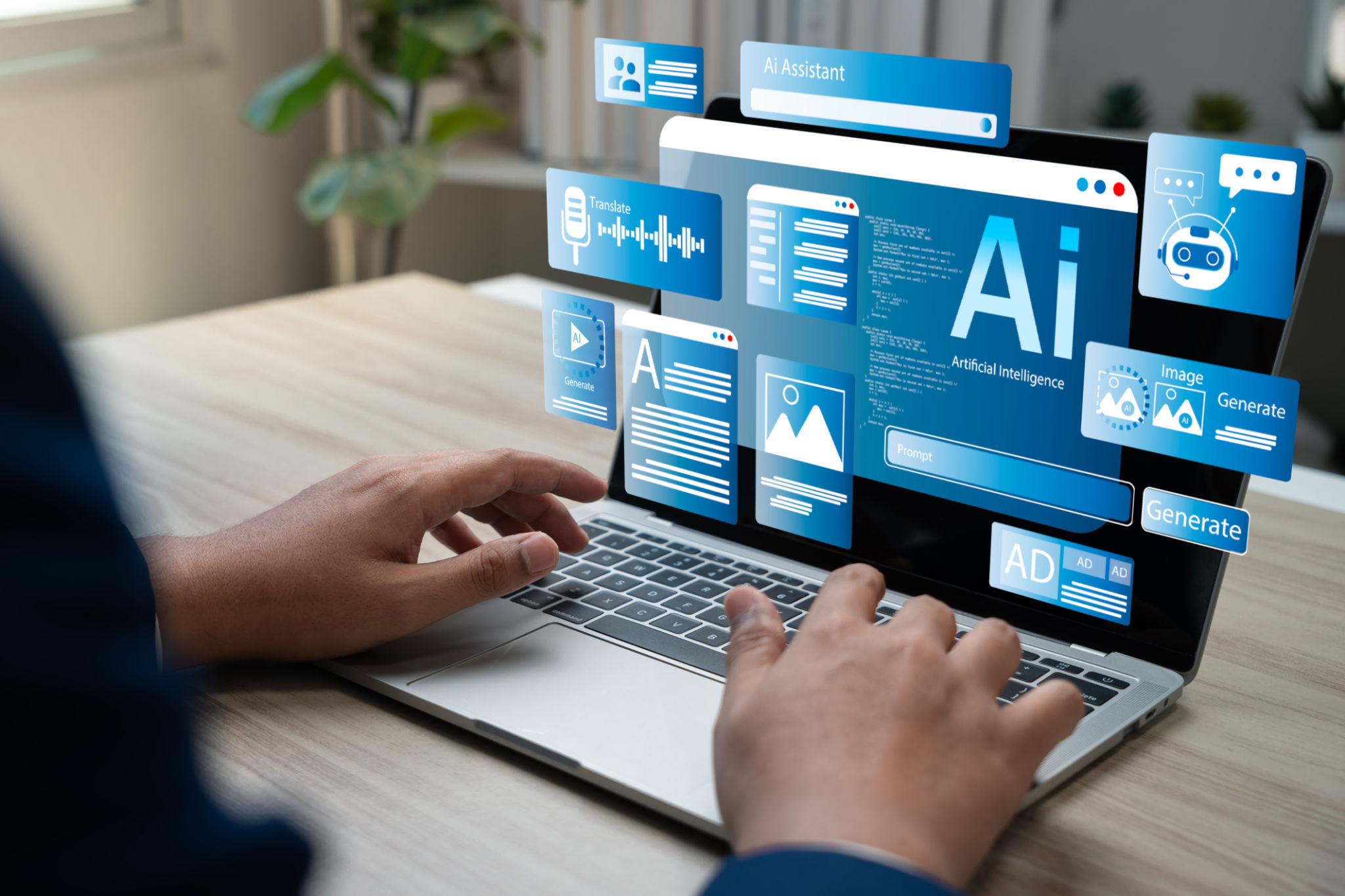Essential Elements of Modern Web Design: A Comprehensive Guide
Understanding User Experience (UX)
User experience is at the heart of modern web design. It's crucial to create a site that is not only visually appealing but also easy to navigate. A well-thought-out UX design enhances user satisfaction by improving the usability, accessibility, and pleasure provided in the interaction with the website. Key elements include clear navigation, fast load times, and mobile responsiveness.
Effective UX design starts with understanding your target audience. Knowing their needs, preferences, and behaviors will help you create a personalized experience that keeps them engaged. Consider conducting user testing and feedback sessions to gather insights and make data-driven decisions.

The Importance of Responsive Design
In today's digital age, people access websites on a variety of devices. Responsive design ensures that your website looks and functions well on all screen sizes, from desktops to smartphones. This adaptability not only improves user experience but also boosts SEO rankings, as search engines prioritize mobile-friendly sites.
To implement responsive design, use flexible grid layouts, scalable images, and CSS media queries. These techniques allow your site to adapt seamlessly to different devices, providing a consistent user experience across platforms.
Visual Hierarchy and Typography
Visual hierarchy and typography play a significant role in guiding users through your content. By strategically using size, color, contrast, and spacing, you can draw attention to key elements and ensure that your message is conveyed effectively. Typography should be clear and legible, enhancing readability without overwhelming the user.

Consider using different font weights and sizes to create contrast and emphasize important information. Limit the number of typefaces to maintain consistency and avoid visual clutter. Remember that whitespace is your friend; it helps to separate elements and gives the design room to breathe.
Effective Use of Imagery
Images are powerful tools in web design as they can convey messages quickly and evoke emotions. High-quality imagery can make a significant impact on how users perceive your brand. Use relevant images that complement your content and resonate with your audience.
Optimize images for web use by compressing files to reduce load times without compromising quality. Additionally, consider incorporating video elements where applicable, as they can engage users more effectively than static images alone.

Intuitive Navigation
Navigation is a critical component of web design that affects how easily users can find information on your site. An intuitive navigation structure allows users to locate what they need quickly, reducing frustration and improving overall satisfaction. Use clear labels for menu items and limit the number of options to avoid overwhelming visitors.
Consider implementing a sticky navigation bar that remains visible as users scroll down the page. This feature keeps essential links accessible at all times, enhancing the browsing experience.
Performance Optimization
Website performance is crucial for both user experience and SEO. Slow-loading pages can lead to high bounce rates and reduced search engine rankings. To optimize performance, focus on minimizing HTTP requests, enabling browser caching, and reducing server response times.

Utilize tools like Google's PageSpeed Insights to identify areas for improvement and implement changes accordingly. Regularly testing your site's performance ensures that it remains fast and efficient as you make updates or add new content.
Embracing Minimalism
Minimalism in web design is about stripping away unnecessary elements to focus on what truly matters. This approach not only creates a clean and modern aesthetic but also improves usability by eliminating distractions. The key is to balance simplicity with functionality, ensuring that users can still access all necessary features easily.
Adopt a "less is more" mentality by using plenty of whitespace, simple color schemes, and straightforward layouts. Focus on delivering a seamless experience where every element serves a purpose and contributes to the overall effectiveness of the design.